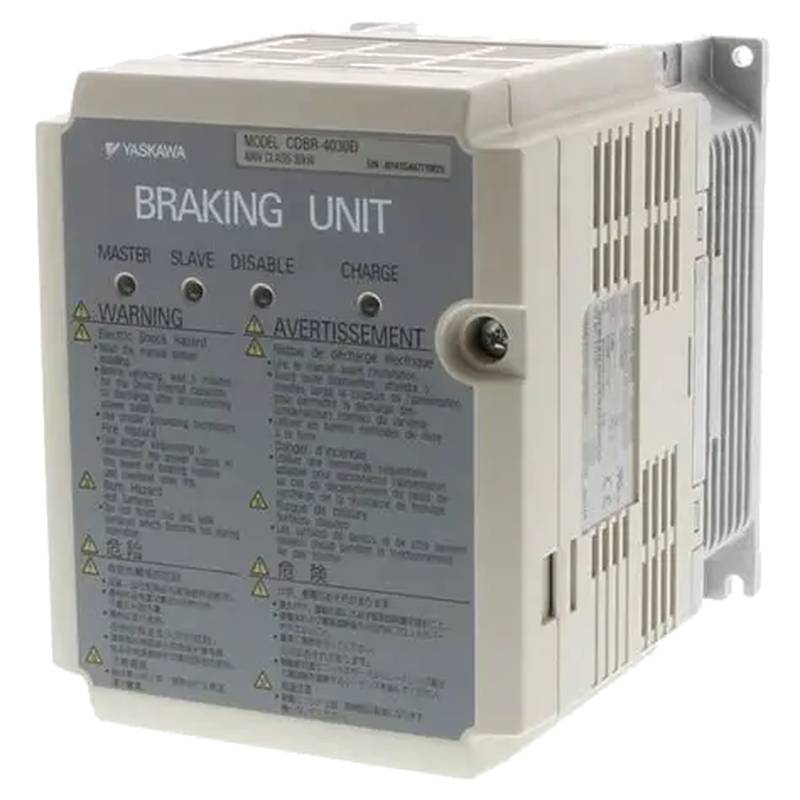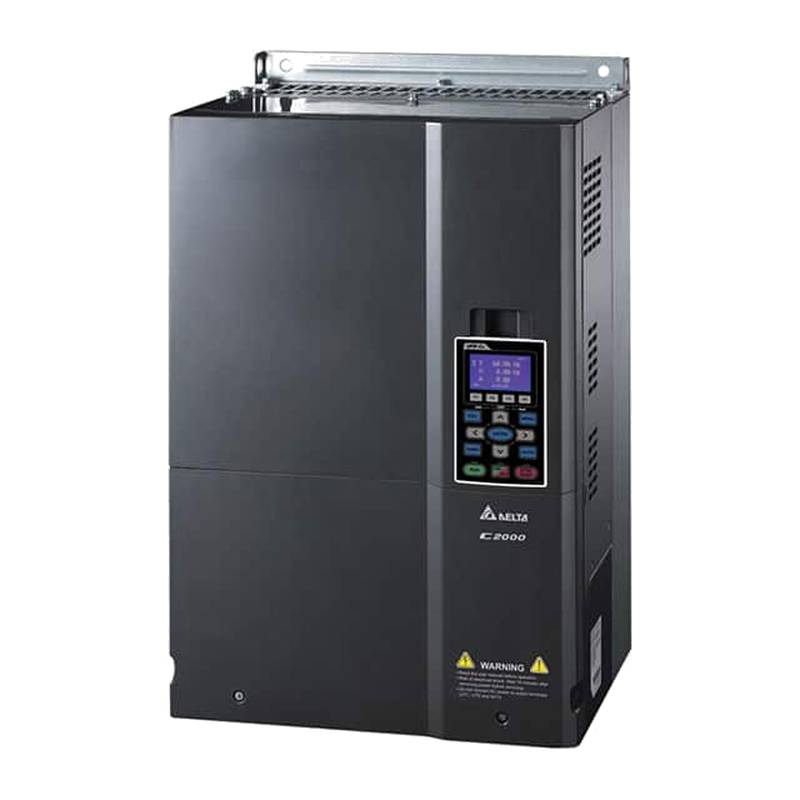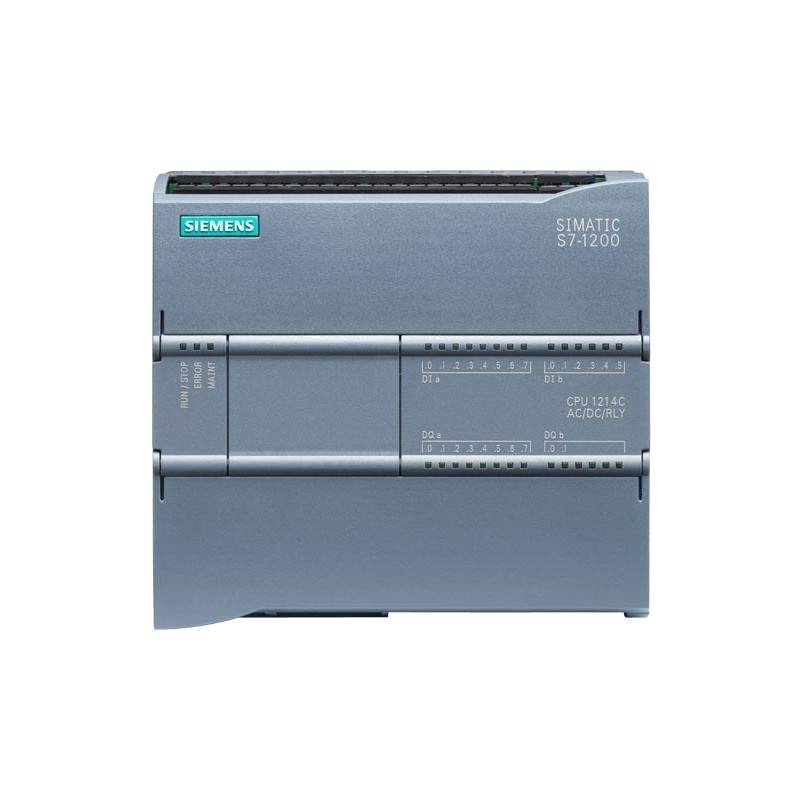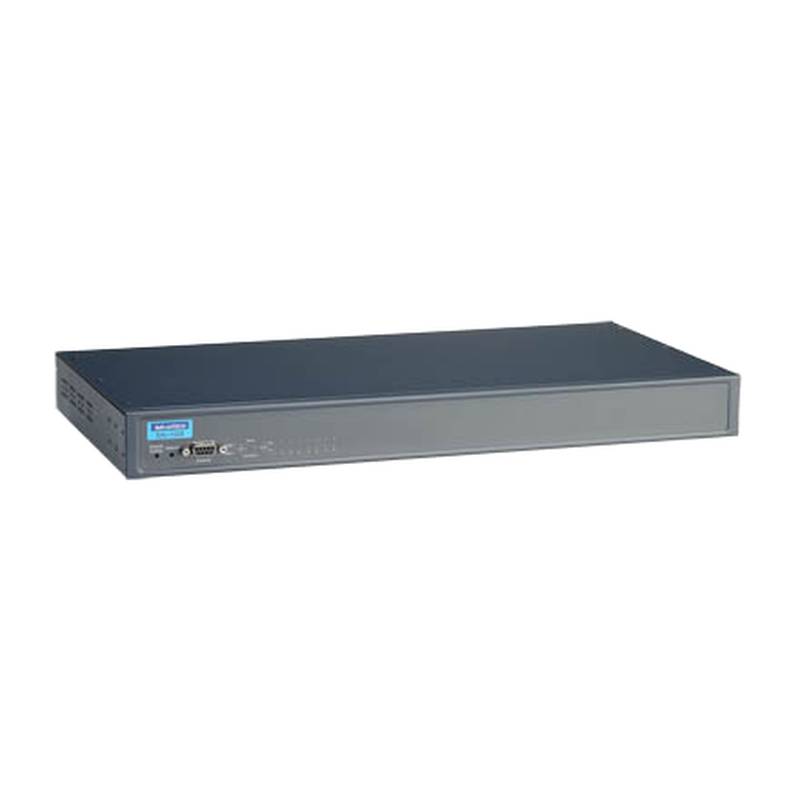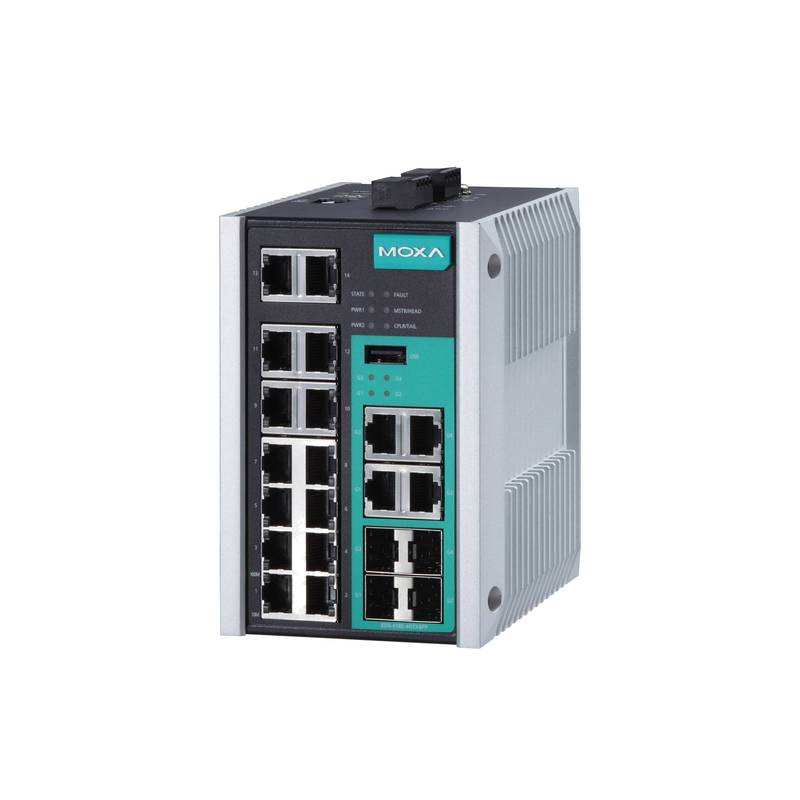
The Yaskawa CDBR-4030D Braking Resistor is a vital component for enhancing the performance and safety of Yaskawa frequency converters, particularly in applications requiring rapid deceleration or precise motion control. This robust resistor dissipates excess energy generated during regenerative braking, preventing overvoltage conditions and ensuring system stability. Its core advantages lie in its high power handling capacity, exceptional durability, and seamless integration with Yaskawa's variable frequency drive (VFD) ecosystems. Key technical parameters include a resistance value of 30 ohms and a continuous power rating of 4000 watts, making it suitable for demanding industrial environments.
Product Specifications
| Parameter | Specification |
| :------------------- | :--------------------- |
| Model | CDBR-4030D |
| Resistance | 30 Ω |
| Continuous Power | 4000 W |
| Peak Power | Varies by application |
| IP Rating | Typically IP20 (enclosure dependent) |
| Operating Temperature| -20°C to +60°C (typical) |
| Dimensions (approx.) | Varies by enclosure |
| Manufacturer | Yaskawa Electric Corp. |
Core Features & Market Positioning
The Yaskawa CDBR-4030D distinguishes itself through its engineered reliability and optimized energy management for Yaskawa VFDs. Unlike generic braking solutions, this resistor is specifically designed to meet the rigorous demands of Yaskawa drives, ensuring optimal performance and longevity. Its robust construction minimizes downtime by withstanding harsh industrial conditions, while its precise resistance value allows for efficient energy dissipation. This focus on specialized integration positions the CDBR-4030D as a premium, dependable choice for applications where system stability and operational continuity are paramount.
Key Application Scenarios
This braking resistor finds critical application in numerous industrial sectors where precise control and rapid stopping of machinery are essential. It is commonly deployed in automated manufacturing lines, such as those found in automotive production and electronics assembly, to quickly halt conveyor systems or robotic arms. Elevators and escalators also benefit from the CDBR-4030D, enabling smooth and controlled descent by dissipating regenerative energy. Furthermore, applications involving cranes, hoists, and wind turbines, which frequently experience overhauling loads, rely on this resistor to manage braking torque and prevent drive overvoltage.
Practical System Integration Guidance
Integrating the Yaskawa CDBR-4030D into a frequency converter system is straightforward, typically involving direct connection to the DC bus terminals of compatible Yaskawa VFDs, such as the A1000, V1000, or GA700 series. Ensure the VFD is configured to recognize the presence of the braking resistor and its parameters within the drive's software settings. Proper wiring is crucial; use adequately sized, high-temperature rated cables to connect the resistor terminals to the designated braking points on the VFD. Maintain sufficient clearance around the resistor to allow for effective heat dissipation and prevent thermal damage to surrounding components.
Operation and Risk Mitigation
During operation, the CDBR-4030D actively dissipates electrical energy as heat when the VFD's motor decelerates rapidly or when an overhauling load is present. This process prevents the DC bus voltage from exceeding the VFD's operational limits, thereby avoiding faults and potential damage. It is imperative to operate the resistor within its specified continuous and peak power ratings to prevent overheating and premature failure. Regularly inspect the resistor for any signs of physical damage or discoloration, which could indicate an overloaded condition. Ensure adequate ventilation is maintained around the resistor enclosure to facilitate cooling.
Scalability & Long-Term Value
The Yaskawa CDBR-4030D offers excellent long-term value due to its robust design and compatibility with a wide range of Yaskawa VFDs, including current and future generations. Its ability to handle significant braking energy ensures that system performance is maintained even as production demands increase or operational cycles become more intensive. For advanced integration, the resistor can be part of a broader energy recovery system, contributing to overall energy efficiency in industrial plants. Its straightforward replacement process also minimizes downtime during maintenance, further enhancing its value proposition in demanding industrial environments.
Frequently Asked Questions
What is the primary function of the Yaskawa CDBR-4030D?
This braking resistor dissipates excess energy generated during motor deceleration. It prevents overvoltage on the VFD's DC bus. This ensures safe and stable operation of the drive.
It acts as a load for regenerative energy. This energy would otherwise cause voltage spikes. Proper function maintains system integrity and prevents faults.
The CDBR-4030D protects the frequency converter. It handles braking torque from overhauling loads. It is key for precise motion control applications.
How is the Yaskawa CDBR-4030D connected to a Yaskawa VFD?
Connect the resistor to the VFD's braking terminals (PB and PC). Ensure the VFD model is compatible with this resistor. Verify wiring polarity carefully during installation.
Use appropriate gauge wiring rated for the current and temperature. Secure all connections firmly to prevent loose contacts. Follow the VFD manual for specific connection diagrams.
After wiring, configure the VFD parameters for braking resistor usage. This tells the drive how to manage braking energy. Proper setup is crucial for effective operation.
What are the power rating specifications of the CDBR-4030D?
The resistor has a continuous power rating of 4000 watts. It can also handle peak power loads for short durations. Consult application specifics for peak power requirements.
Exceeding continuous power can lead to overheating. This can damage the resistor and surrounding equipment. Ensure the application's braking energy does not exceed its limits.
Proper sizing is key for reliability. Match the resistor's capacity to the VFD and application's braking energy needs. Undersized resistors will fail prematurely.
Can the CDBR-4030D be used with non-Yaskawa frequency converters?
While possible, it is not recommended for optimal performance. Yaskawa resistors are designed for Yaskawa VFDs. Performance may be suboptimal with other brands.
Compatibility issues can arise with control logic. Electrical characteristics might not match perfectly. This could lead to inefficient braking or faults.
Always verify specifications carefully. Using the specified resistor ensures guaranteed performance and reliability. Consult your VFD manufacturer for recommendations.
What is the resistance value of the Yaskawa CDBR-4030D?
The resistance value of this model is 30 ohms. This specific resistance is optimized for Yaskawa VFDs. It balances braking effectiveness and energy dissipation.
The resistance value influences braking torque. Lower resistance provides higher braking torque. Higher resistance is generally used for VFD protection.
Ensure this 30-ohm value matches your VFD's requirements. Incorrect resistance can cause VFD faults or poor braking. Always adhere to the VFD manual's specifications.
What ambient conditions are suitable for operating the CDBR-4030D?
It typically operates in environments from -20°C to +60°C. Ensure adequate ventilation around the resistor. Avoid dusty or corrosive atmospheres where possible.
Protect the resistor from excessive moisture. The standard enclosure is often IP20. Consider a higher IP-rated enclosure for harsh conditions.
Mounting location is important for cooling. Avoid enclosing it in tight spaces without airflow. Proper ventilation maximizes its lifespan and performance.
How do I troubleshoot common issues with the CDBR-4030D?
Check for loose wiring connections first. Inspect the resistor for physical damage or signs of overheating. Verify VFD parameter settings for braking.
Monitor DC bus voltage during braking. If it still overvolts, the resistor may be undersized. Or, the application's braking energy is too high.
Consult the VFD error codes for specific fault indications. These codes often point to the root cause of braking system problems. Ensure the resistor is correctly installed.
What maintenance is required for the CDBR-4030D?
Regular visual inspection is key. Check for discoloration, damage, or loose connections. Ensure ventilation paths remain clear of debris.
Periodic testing of resistance value might be needed. However, these resistors are generally very durable. Follow Yaskawa's recommended maintenance schedule.
No lubrication or complex adjustments are required. Keep the surrounding area clean. This prevents issues that could affect cooling or cause shorts.
Does the CDBR-4030D have a specific IP rating?
The resistor unit itself often has an IP20 rating. This means protection against solid objects larger than 12.5mm. It does not protect against water ingress.
For increased protection, it can be installed within a higher IP-rated enclosure. This is recommended for dusty or wet industrial environments. Check the specific product datasheet for details.
Always ensure the enclosure provides adequate ventilation. The resistor generates significant heat during operation. Proper airflow is critical for performance and longevity.
How does the CDBR-4030D contribute to energy efficiency?
It dissipates regenerative energy as heat. This prevents energy wastage and voltage spikes. It enables smoother deceleration cycles.
While heat dissipation isn't direct energy recovery, it improves system stability. This allows VFDs to operate more efficiently overall. It protects the drive from damaging voltage surges.
In some advanced setups, this energy can be recaptured. However, the primary role is safe energy dissipation. Efficient braking contributes to reduced wear and tear.














